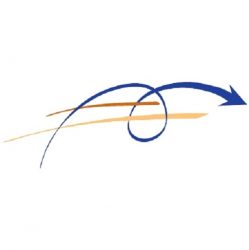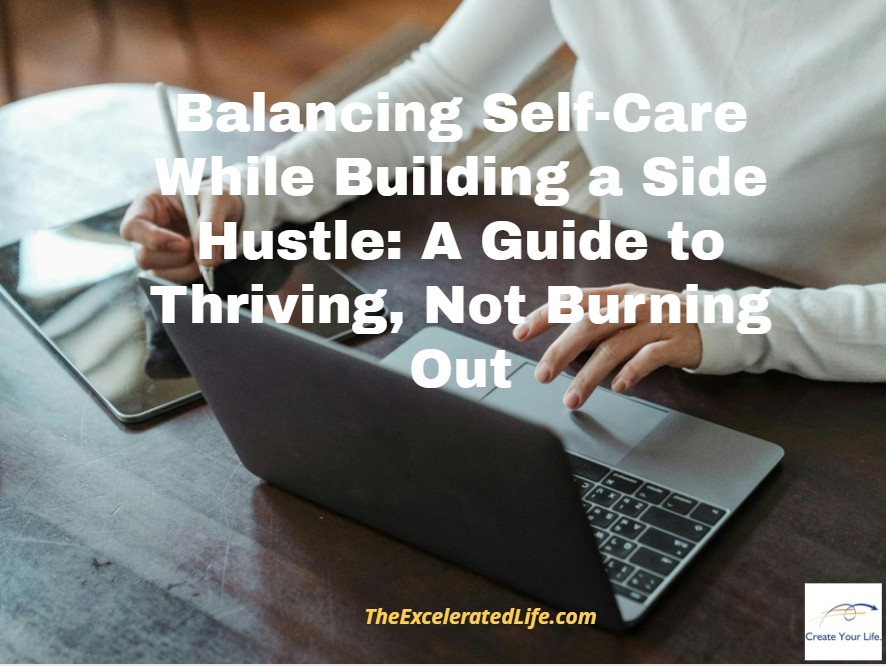Starting a side hustle is thrilling — a bold declaration that your ideas deserve space in the world. Yet, for many, it’s also a tightrope walk between excitement and exhaustion. You’re chasing freedom, but if you’re not careful, you may sacrifice your well-being on the way there. This article explores how to stay grounded, maintain energy, and build a sustainable rhythm between ambition and rest.
Key Insights
To balance self-care while launching a side hustle, prioritize structure over hustle, boundaries over busyness, and progress over perfection. Protect your physical and mental health by integrating mindful routines, rest, and systems that scale your time — not just your effort.
Signs You’re Balancing It Well vs. Burning Out
| Category | Healthy Balance Indicators | Burnout Warning Signs |
| Time | You set clear working blocks and log off without guilt | You’re working late most nights or weekends |
| Energy | Tasks feel exciting, not depleting | You dread opening your laptop |
| Focus | You plan weekly priorities | You’re reacting to everything, finishing nothing |
| Health | Regular meals, movement, and rest | Skipped meals, poor sleep, irritability |
| Mindset | You celebrate small wins | You feel behind, even when achieving |
Quick-Start Checklist: The “Stay Sane” Side Hustler Protocol
- Define your “enough” — know what success looks like this month, not just this year.
- Schedule non-negotiable downtime (e.g., one full day off, no exceptions).
- Use time containers — 90-minute deep work sprints, then 15-minute breaks.
- Automate tiny decisions: meal kits, wardrobe rotation, or a recurring grocery order.
- Protect your mornings — avoid checking work messages before breakfast.
- Batch creative work — record, write, or plan in clusters to preserve focus.
- Celebrate rest as a productivity tool, not a reward.
Energy Management Is a Strategy
Sustainable productivity isn’t about working harder — it’s about managing your energy cycles. Try the ultradian rhythm method: focus deeply for 90 minutes, then rest for 20. Your brain consolidates information during these micro-recovery periods. Pair this with a daily “wind-down ritual” — journaling, stretching, or reading — to signal your body that work is complete.
Recommended tools:
- Notion for task batching
- Headspace for mindfulness breaks
- Toggl Track for tracking overwork patterns
When to Ask for Help
Building something alone doesn’t mean doing everything alone. Delegating isn’t a weakness — it’s leverage. When your side hustle begins to demand more than your energy can sustain, consider bringing in help: a virtual assistant, a bookkeeper, or a social media scheduler. This frees your mind for creative and strategic thinking.
One option is to use ZenBusiness — an all-in-one platform that supports entrepreneurs with LLC formation, compliance, website creation, and finances. Whether you’re just formalizing your venture or scaling operations, this kind of service helps you focus on the work only you can do — without the burnout spiral.
Building Recovery Into Your Routine
Even high achievers need planned rest to maintain creativity.
Here’s a practical “recovery integration” routine:
- Micro resets: 5-minute walks or breathing exercises between tasks.
- Weekly digital sabbatical: One screen-free evening.
- Quarterly unplug: A full weekend away from all business talk.
Try pairing breaks with natural reward cues (a playlist, coffee ritual, or outdoor time). Over time, your body associates these with recovery — not guilt.
Bonus picks:
- Forest App – stay focused, grow virtual trees.
- Calm – meditation and sleep stories.
- Trello – for visual task clarity.
AQ: Balancing Hustle and Health
Q1: How do I avoid guilt when not working?
Remind yourself that rest is part of the process. Your best ideas emerge when your brain isn’t overloaded.
Q2: What if I have limited hours due to a full-time job?
Focus on high-impact actions: tasks that directly lead to income or growth, not vanity metrics.
Q3: How can I stay consistent?
Consistency comes from clarity, not pressure. Use systems, not willpower.
Q4: When should I quit my day job?
When your side hustle income consistently covers key expenses and you’ve built a stable client or revenue pipeline — not just when you’re emotionally ready.
Highlight: One Product That Can Help You Simplify
If managing multiple tools feels chaotic, consider using ClickUp — a productivity platform that combines task tracking, docs, and goal dashboards. You can manage your personal goals, side hustle projects, and even time-off tracking in one space. It’s a solid choice for people who want to consolidate systems without juggling ten apps.
Glossary
- Time containers: Pre-set time blocks that protect focus.
- Ultradian rhythm: 90-minute cycles of focus followed by recovery.
- Micro resets: Tiny, intentional breaks to regulate stress.
- Delegation leverage: Using others’ skills or tools to multiply your output.
- Synthesis fatigue: The burnout feeling from switching between too many roles or contexts.
Your side hustle should expand your life — not consume it. Balance comes not from doing less, but from doing the right things with rhythm and awareness. Protect your health like it’s your business partner — because it is.
Anya Willis is a mother of three and has been a yoga instructor for the past 12 years. For most of her childhood, Anya struggled with her weight. In school, she was bullied because of it, and it wasn’t until she took a yoga class in college that things started to change. She fell in love with how yoga used her whole body and mind. For Anya, this was the catalyst she needed; she found a new interest in her physical health and started striving for a healthier life. Reflecting on her younger years, Anya became passionate about kids being active and healthy. Read more posts by Anya at FitKids.


